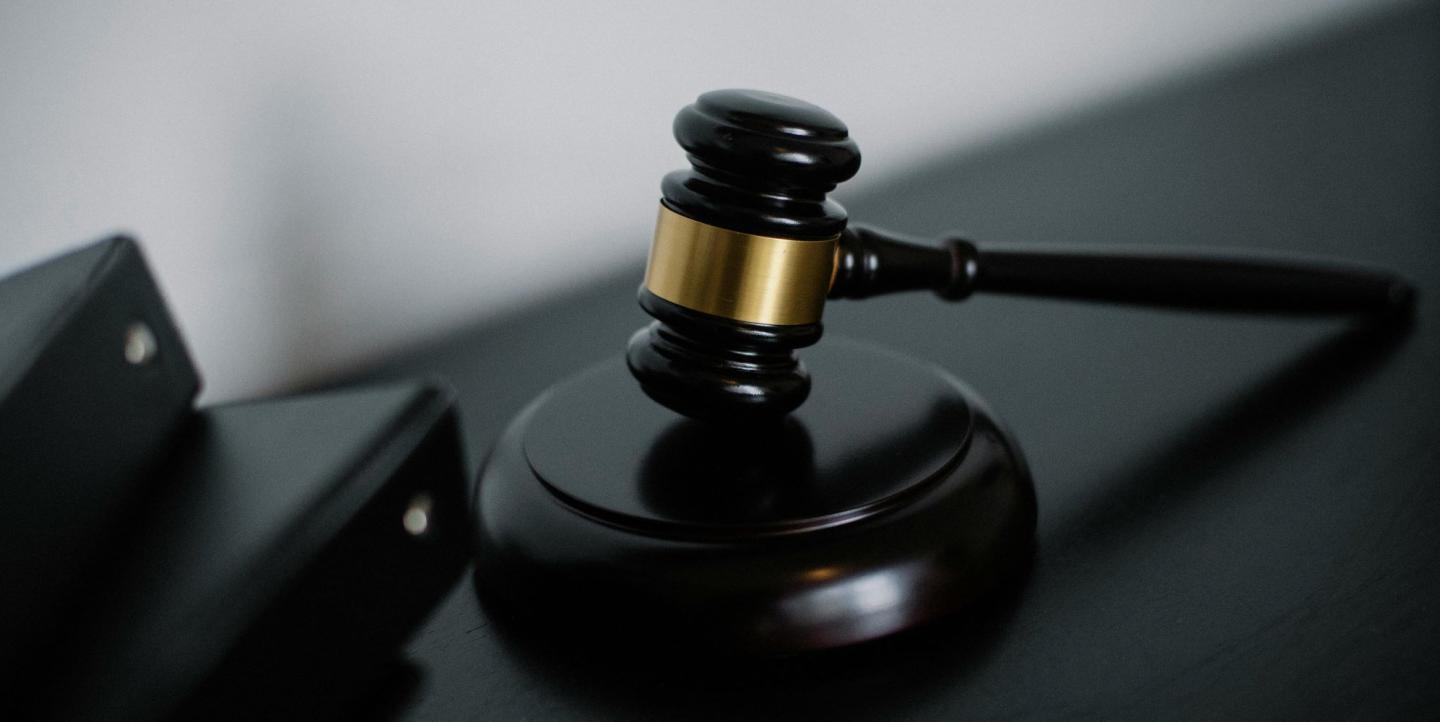Alongside the rise of digital media in India, specialist legal journalism websites have taken flight.
The emergence of these outlets comes at a critical period after a decade of governance led by the nationalist Bharatiya Janata Party, during which time India has slid down global democracy and press freedom indices. Questions have been raised about the independence of the judiciary, as the legal community has not been immune to the polarization in Indian society.
India ranked 111 out of 142 countries in the “civil justice” category of the World Justice Project’s 2023 Rule of Law Index. Among the reasons for its ranking was “unreasonable delay” in civil justice, and low marks for accessibility and affordability of civil justice.
Getting ready for the next phase of growth, editors and founders shared with me their journeys and plans for the future.
Leaders in the field
After Bar & Bench launched in 2009 to report on law firms and trends in the legal field, the outlet’s team noticed critical gaps in coverage.
There was a lack of reporting on pending cases and their timelines, and which judges were deciding important cases or why they recused themselves from others, said Pallavi Saluja, editor at Bar & Bench. Also absent was information regarding exchanges between lawyers and judges in cases that affected civil rights. “We found that the mainstream media wasn’t paying enough attention to what was happening in our courtrooms, and their coverage was largely limited to politically sensitive cases,” she explained.
PV Dinesh said that when he co-founded LiveLaw in 2013, there was limited news about legal issues, and what coverage there was tilted toward sensationalized content and promoting well-known lawyers. Like Bar & Bench, Dinesh and his team set out to improve the state of reporting on the beat.
Legal news websites have also honed in on more specific areas of focus over time. Gauri Kashyap, associate editor of the Supreme Court Observer said that her outlet started in 2017 as a dedicated, non-partisan observer and “living archive” of India’s Supreme Court. It was inspired by SCOTUSblog in the U.S.
The Leaflet, founded in 2018, set out to “organize public opinion about issues like the rot in the legal system, the threat to the independence of the judiciary, [and] freedom of the press,” said its editor Arif Ayaz Parrey.
Both LiveLaw and Bar & Bench have been “game changers,” generating tremendous public interest in the courts, said Betwa Sharma, managing editor of Article 14, which was founded in 2020. Meanwhile, The Leaflet’s blend of news and analysis has made the Indian judiciary an “exciting and essential subject,” said Sharma.
Interest in covering legal issues and the courts in India has also spread to the mainstream media conglomerate India Today Group, which launched Law Today, and the digital news outlet, The Wire, which started The Justice Brief on YouTube.
Coverage goals
Transparency, accountability, accessibility of the judicial process, and insight into how the law and courts affect daily lives, and their importance to governance: the editors and founders from LiveLaw, Bar & Bench, The Leaflet, Supreme Court Observer, and Article 14 all highlighted these as goals of their work.
Article 14 has been “doing deep dives into police cases invoking grave charges against human rights defenders, journalists and critics of the government, and breaking down for readers how poor and politically motivated these investigations and probes appear to be,” said Sharma, adding that putting facts and faces to these criminal cases when much of the media rubber stamps the government’s account has been the outlet’s most significant contribution.
At LiveLaw, Dinesh said journalists have complete freedom to report “anything supported by facts” and their “ideology” is derived from the values of the preamble of the Indian Constitution.
Social media presence
Digital and social media are the main sources of news for young people in India, as the number of internet users has surpassed 800 million.
The legal news websites understand the power of social media. Murali Krishnan of Bar & Bench was among the first legal reporters to live-tweet court hearings extensively, in the mid-2010s, noted Saluja. Krishnan found that engagement picked up on interesting exchanges in the courtroom.
People feel more involved in the judicial process when they engage with breaking social media posts, Saluja continued. Mainstream media rely on Bar & Bench’s handles too, she said.
Despite the low conversion rate from social media engagement to website clicks, Kashyap said a social media presence helps build familiarity and recognition which are crucial for these websites.
Live streaming in the courtroom
India’s Supreme Court approved live streaming of courtroom proceedings in 2018 and the first live streaming took place in 2020. While improving the public’s accessibility to court and facilitating transparency, there has been misuse as well.
Live streams were hacked in a couple of instances, and in one case, women lawyers faced online harassment. Some YouTube, social media channels and news portals have published video clips or reels with clickbait headlines and thumbnail images which give a skewed portrayal of court proceedings for commercial, political or personal gains.
Judges’ questions in the courtroom have also been taken out of context and presented as firm views they hold, said Dinesh. Live streaming, as a result, has become both a tool and a challenge for legal news websites committed to accuracy.
Challenges and the future
Journalists at these legal sites have faced hurdles in accessing courtrooms and obtaining media accreditation. Sometimes, they have faced consequences for offending members of the judiciary, and in one instance a police report was filed against Article 14 for a tweet about Muslim journalists facing harassment at a religious event in 2022.
Financial viability is a further concern for websites like LiveLaw, which relies on subscriptions to sustain itself, noted Dinesh. Fending off plagiarism from portals that copy content, tweak and present it as their own, is also a challenge. In the future, LiveLaw plans to utilize AI for improving contextual search, analysis of judgements and legal provisions, and expand its offerings in legal education.
Moving forward, the legal outlets also want to publish in Indian languages. LiveLaw has a Hindi site, as does Bar & Bench, which also has a Kannada site. Bar & Bench hopes to expand its coverage to still other languages and courts, and increase focus on legislative bills and acts.
Legal journalism websites need to identify the “value-add,” said Kashyap, adding that SCO wants to write about the law and courts in a way that is simple, engaging and thought-provoking, and makes the reader care. “If legal journalism doesn’t achieve this, it would just be another source of meaningless content made for views and virality,” she said.
The multitude of legal websites now in existence cater to different objectives, much like the rest of the media, added Dinesh, warning that some of this falls under propaganda and is against the constitutional spirit.
As legal journalism grows, the jostle for space between the vast, loud, sensational legal news segment and the smaller, responsible ones presenting accurate information and thoughtful commentary will have a bearing on rule of law, said Parrey.
Photo by Sora Shimazaki via Pexels.


